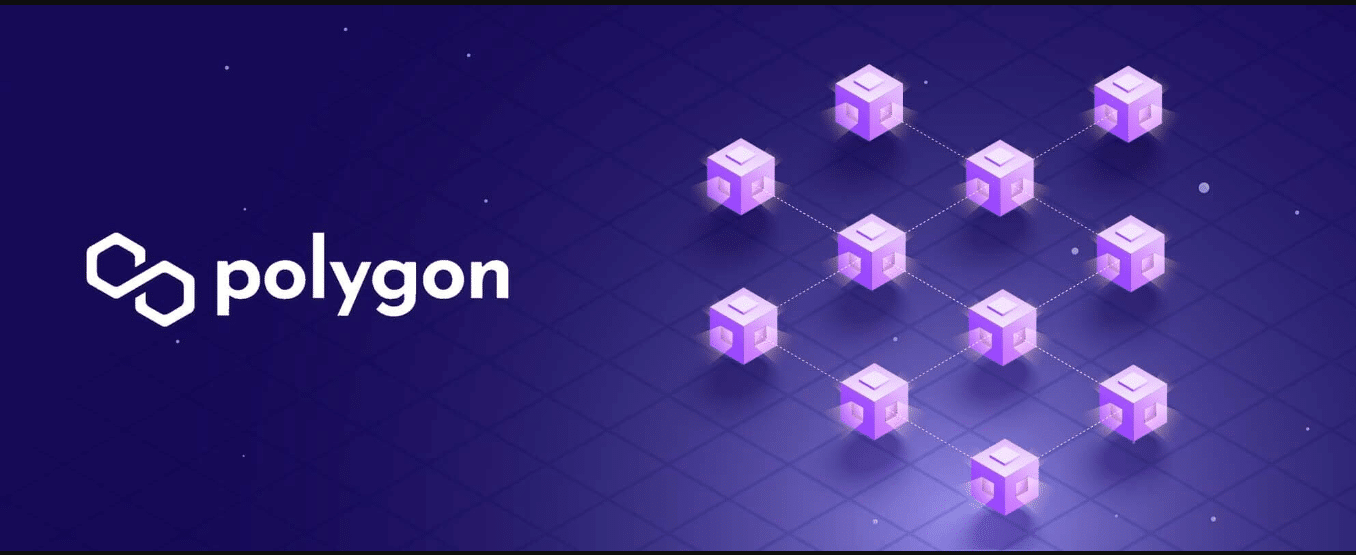Are you ready to dive into the exciting world of Polygon Layer 2 Blockchain? Buckle up, because we’re about to embark on a thrilling adventure that will make your crypto journey smoother, faster, and way more fun! If you’ve ever felt bogged down by slow transactions or high fees in the crypto universe, then Polygon Layer 2 is here to save the day like a superhero in a digital cape.

What’s the Buzz About Polygon Layer 2?
Imagine you’re in a bustling city, trying to get from one end to the other in a hurry. The main road is jam-packed with cars, and it feels like you’re moving at a snail’s pace. That’s what it’s like navigating the Ethereum blockchain sometimes. With so many users and transactions happening at once, things can get pretty congested.
But fear not, because Polygon Layer 2 is like discovering a secret underground tunnel that zips you past all the traffic jams. It’s a scaling solution built on top of Ethereum that helps ease congestion and speed up transactions. In simple terms, it’s like adding an extra lane to the highway, making room for more cars to zoom by without getting stuck in traffic.
How Does Polygon Blockchain Work?
Okay, picture this: Ethereum is like the main stage at a rock concert, where all the action happens. But sometimes, it gets overcrowded, and people start elbowing each other just to catch a glimpse of the show. That’s where Polygon Layer 2 comes in. It creates smaller stages (called sidechains) next to the main stage, where some of the crowd can spread out and enjoy the music without feeling cramped.
These sidechains are connected to the Ethereum mainnet, which means they can communicate with each other. So when you want to make a transaction on Polygon Layer 2, it’s like placing an order at a food truck next to the main concert venue. You still get to enjoy the same delicious food (in this case, decentralized applications and smart contracts), but without waiting in the long line at the main stage.
Why Should You Care About Polygon Layer 2 Blockchain?
Think of Polygon Layer 2 as your shortcut to the front of the line in the crypto world. Here are a few reasons why you should be excited about it:
- Lightning-Fast Transactions: With Polygon Layer 2, transactions are processed much quicker than on the Ethereum mainnet. It’s like upgrading from a bicycle to a rocket ship—you’ll reach your destination in no time!
- Lower Fees: Say goodbye to sky-high gas fees that make you cringe every time you make a transaction. Polygon Layer 2 is way more cost-effective, so you can spend your hard-earned crypto on things that matter to you.
- Improved Scalability: As more people jump on the crypto bandwagon, scalability becomes increasingly important. Polygon Layer 2 helps Ethereum handle a higher volume of transactions without breaking a sweat.
Picture this:
Ethereum is like a bustling city street during rush hour, packed with cars honking and pedestrians weaving in and out. It’s chaotic, it’s crowded, and it’s slow-moving. But then, along comes Polygon, like a traffic cop with a magic wand, waving away the congestion and clearing a path for smoother, faster transactions.
With Polygon’s improved scalability, Ethereum can handle a higher volume of transactions without breaking a sweat. It’s like adding extra lanes to the highway, allowing more cars to zoom by without getting stuck in traffic. Whether you’re swapping tokens, minting NFTs, or participating in decentralized finance (DeFi) protocols, Polygon’s enhanced scalability ensures that your transactions are processed quickly and efficiently, so you can spend less time waiting and more time enjoying the ride!
- Enhanced User Experience: Let’s face it—waiting around for transactions to confirm is about as fun as watching paint dry. With Polygon Layer 2, you’ll enjoy a smoother, more seamless experience that keeps you coming back for more.
- Support for Decentralized Finance (DeFi) and NFTs: Whether you’re trading digital assets or collecting rare NFTs, Polygon Layer 2 has got you covered. It provides a secure and efficient platform for all your DeFi and NFT needs, so you can dive into the exciting world of crypto with confidence.

How Can You Get Started with Polygon Layer 2 Blockchain?
So, you’re ready to hop on the Polygon Layer 2 bandwagon and turbocharge your crypto experience? Here’s how to get started:
- Choose a Wallet: First things first, you’ll need a crypto wallet that supports Polygon Layer 2. Popular options include MetaMask and Trust Wallet, but make sure to do your research and pick one that suits your needs.
- Bridge Your Assets: If you already have crypto assets on the Ethereum mainnet, you’ll need to bridge them over to Polygon Layer 2. Don’t worry, it’s not as complicated as it sounds! There are user-friendly tools and guides available to walk you through the process step by step.
- Explore DApps and DeFi Platforms: Now that you’re all set up on Polygon Layer 2, it’s time to start exploring! Check out decentralized applications (DApps) and DeFi platforms that are built on Polygon, and see what catches your eye. Whether you’re into trading, lending, gaming, or collecting NFTs, there’s something for everyone in the Polygon ecosystem.
- Stay Informed: The world of crypto moves at lightning speed, so it’s important to stay informed about the latest developments in the Polygon ecosystem. Follow reputable sources, join online communities, and keep an eye out for updates and announcements from the Polygon team.
You May Also Like: Arbitrum Blockchain
Final Thoughts
And there you have it—your crash course in Polygon Layer 2! With its lightning-fast transactions, lower fees, and improved scalability, Polygon Layer 2 is like a breath of fresh air in the world of crypto. So why wait? Dive in, explore, and see where this exciting journey takes you. The future of finance is here, and it’s faster, cheaper, and more fun than ever before!
